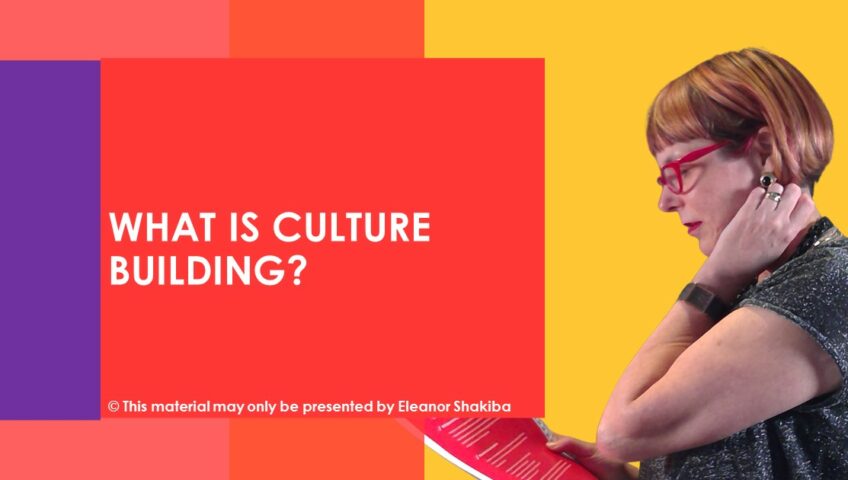Imagine a business where everyone is committed, engaged and inspired to do their best. A workplace where people are resilient, positive and creative. You can build that business by working on your organisational culture. The science of positive psychology provides concrete steps leaders can take to shape workplace culture and build flourishing teams.
Anthropologists define culture as ‘a way of life’. Culture impacts how people think, speak and behave. But what about ‘organisational culture’? It is probably a term you throw around regularly. Do you actually know what it means? The idea that the culture of an organisation influences the actions of workers was introduced in 1951, by Dr Elliott Jaques. He studied the development and impact of corporate group behaviours. His conclusion was that the overall culture of an organisation guides the actions of everyone working there.
A social psychologist named Edgar Schein made the term ‘organisational culture’ popular. He defined culture as the “beliefs, values and interactions followed by a group”. He also pointed out subcultures emerge in large organisations. For example, a business division or regional group may operate differently to other parts of the organisation. This point is particularly relevant if you work in a multi-national organisation.
In 2011, Flamholtz and Randle claimed that organisational culture is equal to the ‘corporate personality’. They defined organisational cultures as being an outcome of the beliefs, values and norms people adhere to. However, it is important to recognise that most people are not consciously aware of their beliefs, values and norms. As positive psychology trainers know all too well, gaps often exist between what people say and what they do. For example, a leader might claim to value employee input. At meanings, though, everyone might be afraid to speak up because the leader does not tolerate new ideas.
Over the years, positive psychology trainers have developed a variety of techniques and practices for driving a cultural change within an organisation. Before an organisation can change its culture, you need to have clearly defined values and behaviours for others to follow. People cannot fit into a culture if they don’t know that it exists. Translate the values that you want to achieve into actionable behaviours. For example, if you want to promote inclusiveness, provide real-world solutions for achieving this goal.
Leaders need to take a detailed look at current policies and practices to determine what works and what needs to change. Keep the elements of your organisational culture that work well and promote your goals.
Focus more on the strengths of your organisational culture. In positive psychology, identifying and enabling a positive trait is believed to foster greater resilience. By focusing on what works, you naturally begin shifting the culture of your organisation.
After devising a plan and setting a new agenda, it is up to the leaders to set an example. Supervisors and managers need to adopt the changes if you want the rest of the workforce to follow them. Measuring your efforts is also essential. You cannot evaluate the effectiveness of your strategies without monitoring the impact. Use concrete metrics to measure employee engagement, morale and productivity to determine whether your culture is shifting toward the positive.
You know as soon as you walk into an organisation with a vibrant culture. There is a buzz of positive conversation and energy levels are high. You notice people solving problems together and finding constructive solutions to challenging situations. If your business doesn’t have this type of culture yet, it’s time to start learning more about positive leadership and culture change. By actively setting the values and beliefs for an organisation, you can get others to follow the same vision. Contact Eleanor Shakiba for more advice on how to build a positive organisational culture, using positive psychology training techniques.
About the author: Eleanor Shakiba
Eleanor consults in the areas of culture-building and behaviour change training. Her customers are people who want to embed positive psychology in teams and organisations. Since 1994, she has been teaching talented professionals how to think, communicate and lead in ways that build success. Eleanor holds qualifications in Social Anthropology, Positive Psychology, Counselling, Coaching, Adult Education and Neuro Linguistic Programming. Eleanor is the author of the Positive Psychology Toolkit for HR and L&D Practitioners. Download your free copy here.
